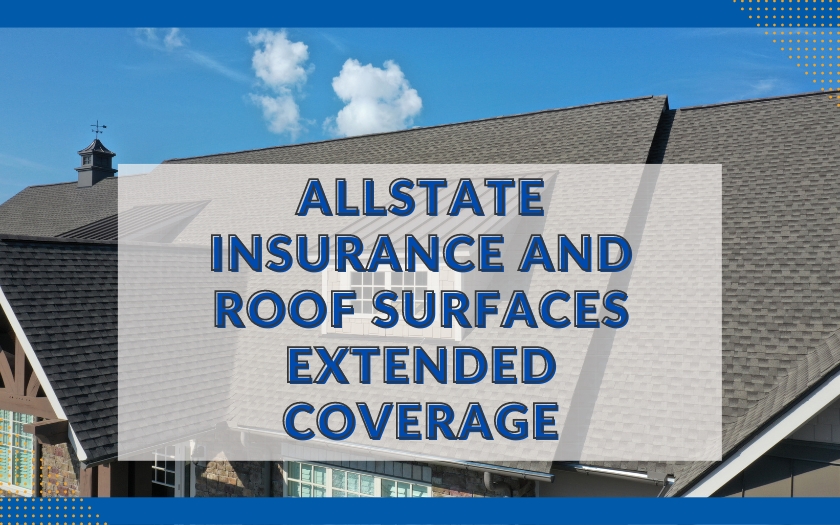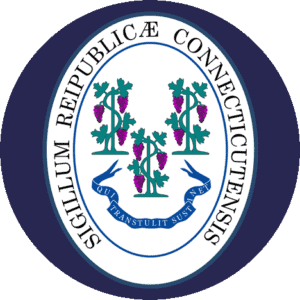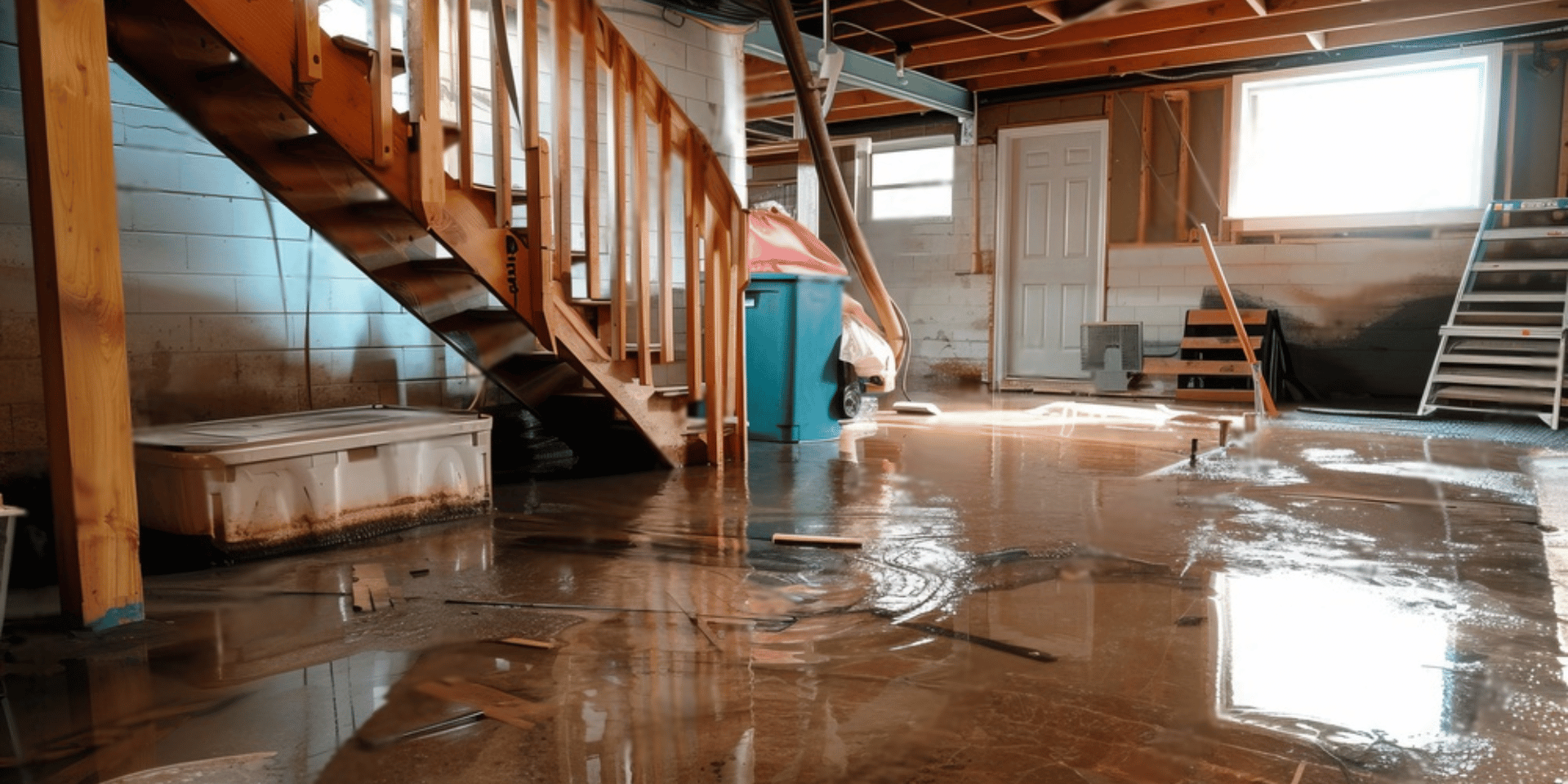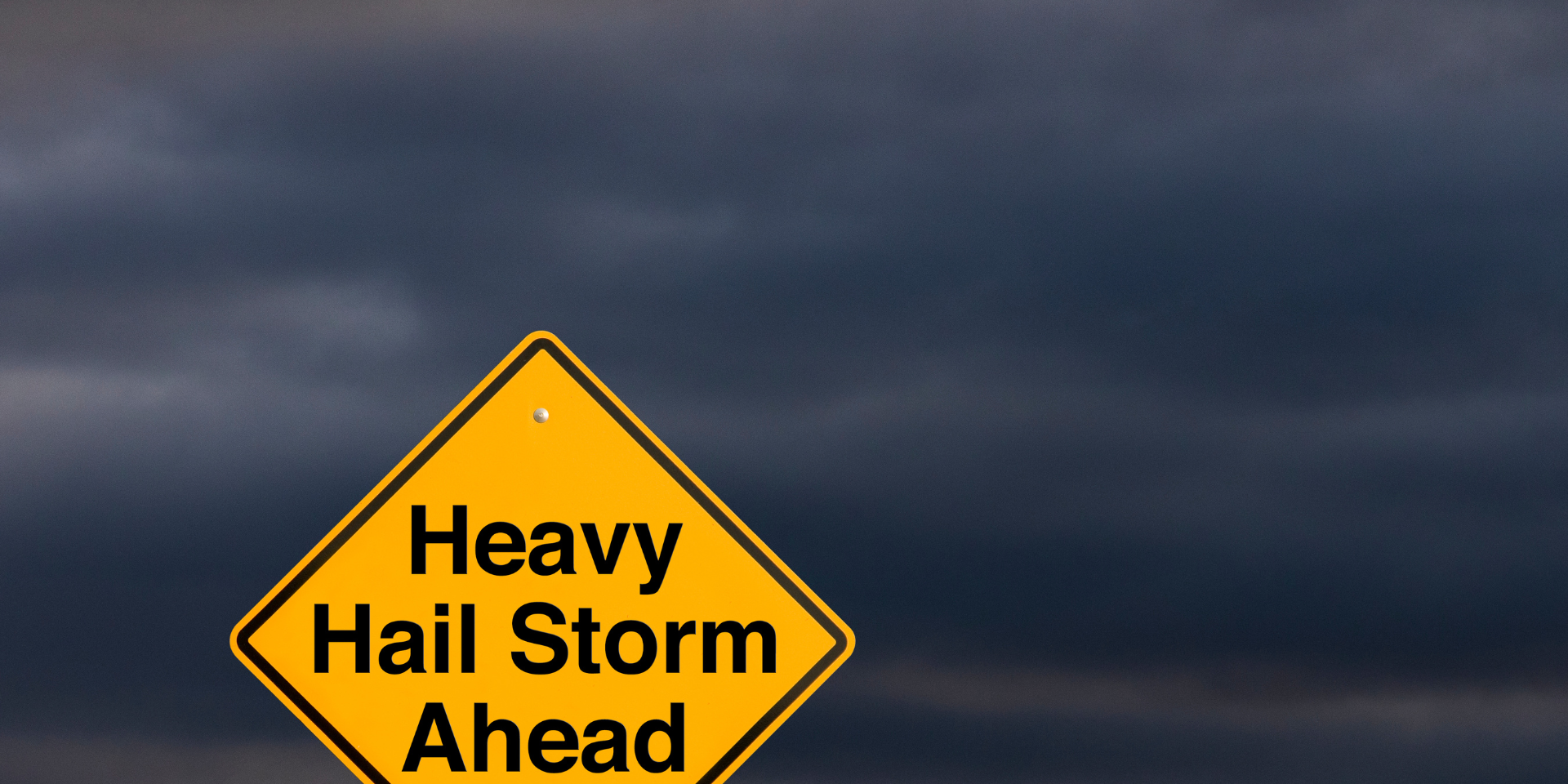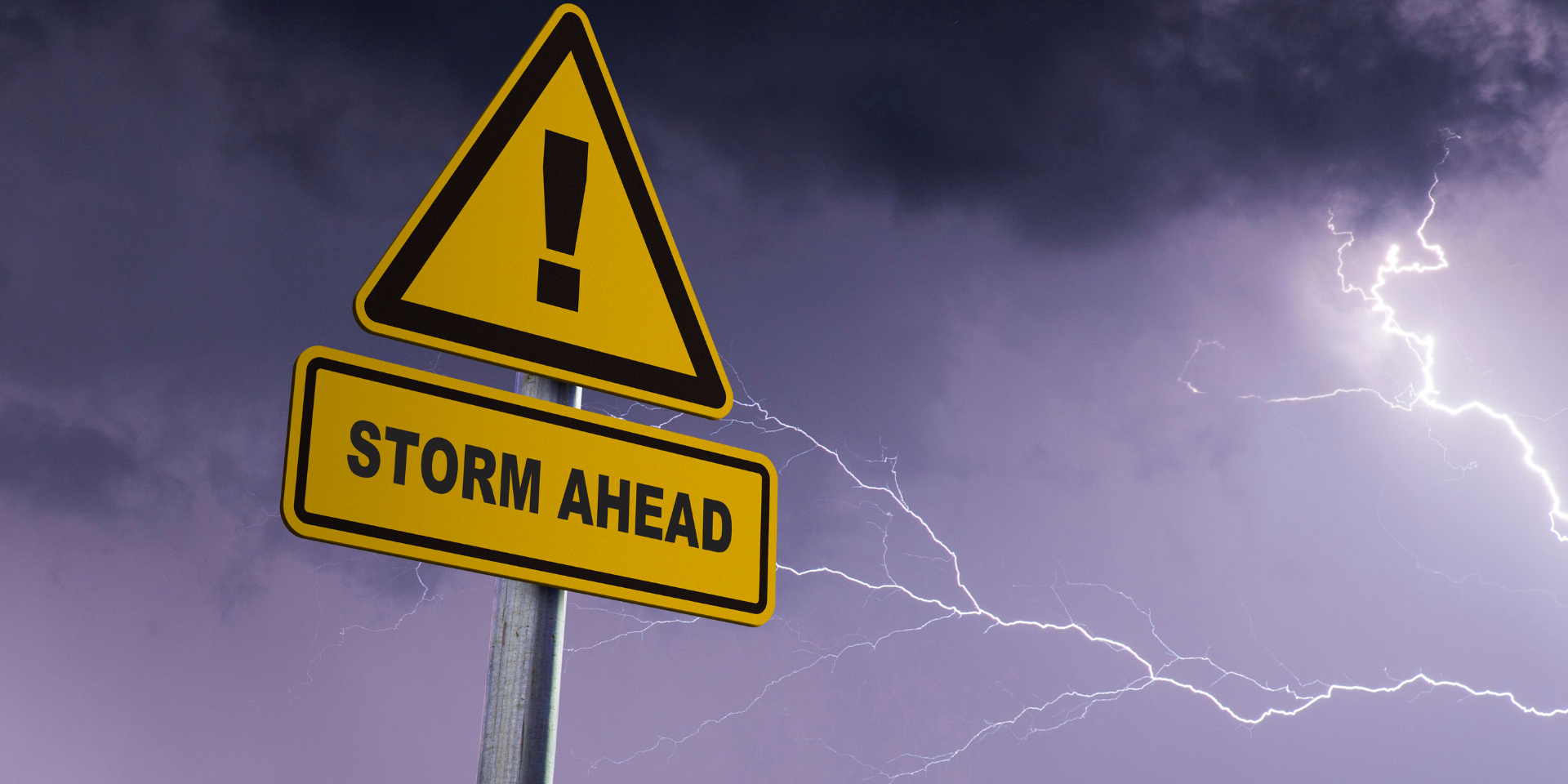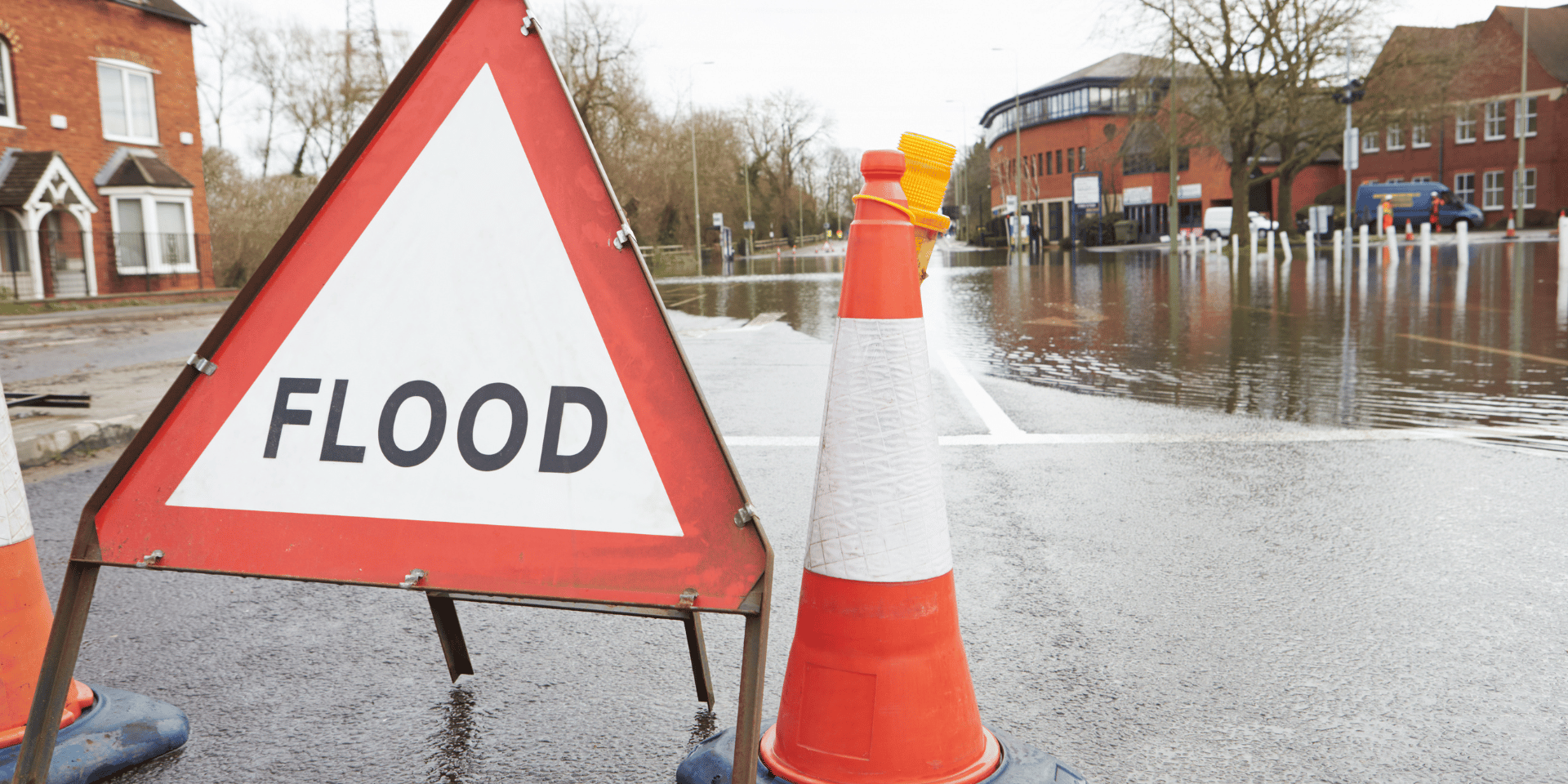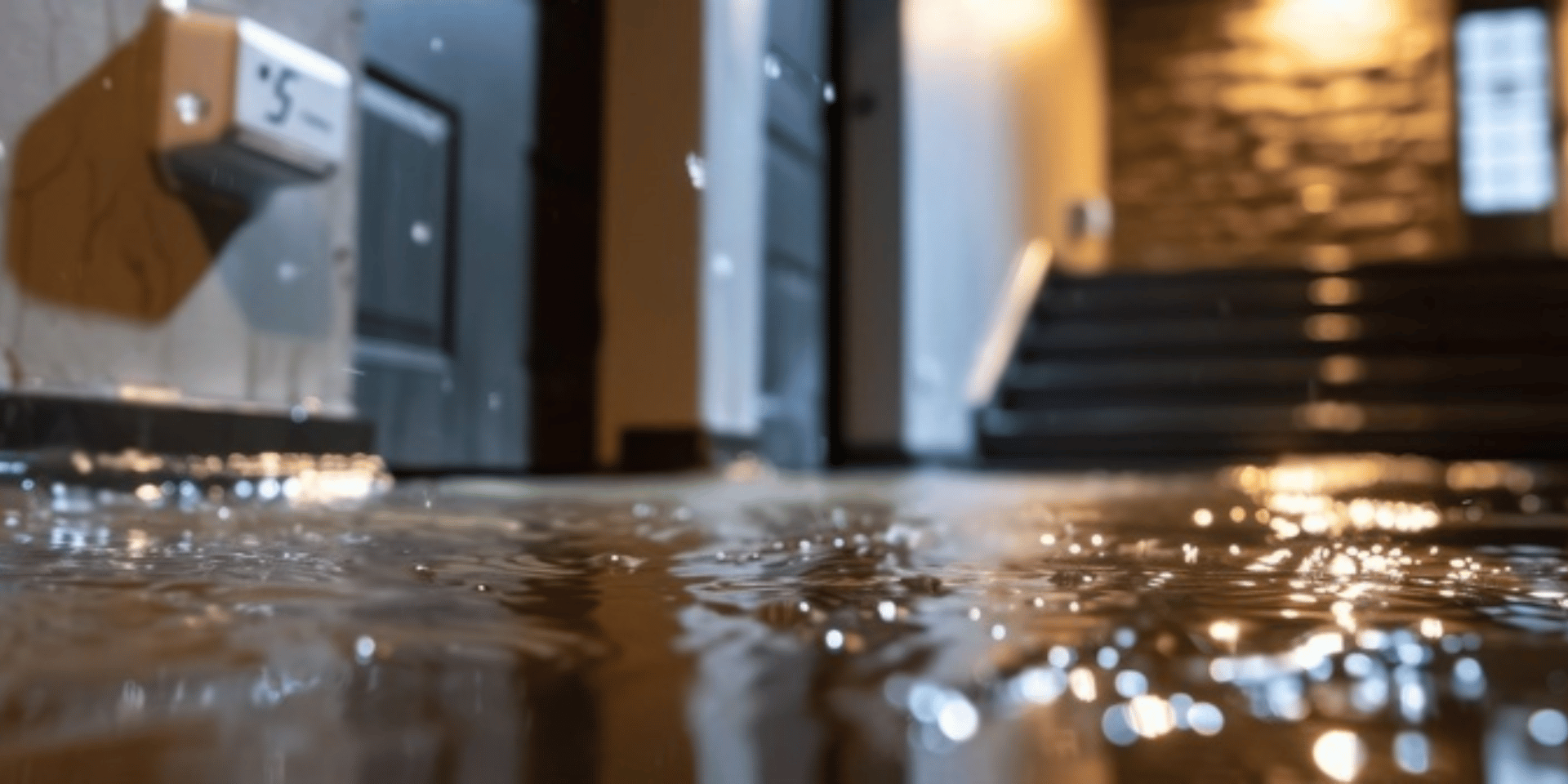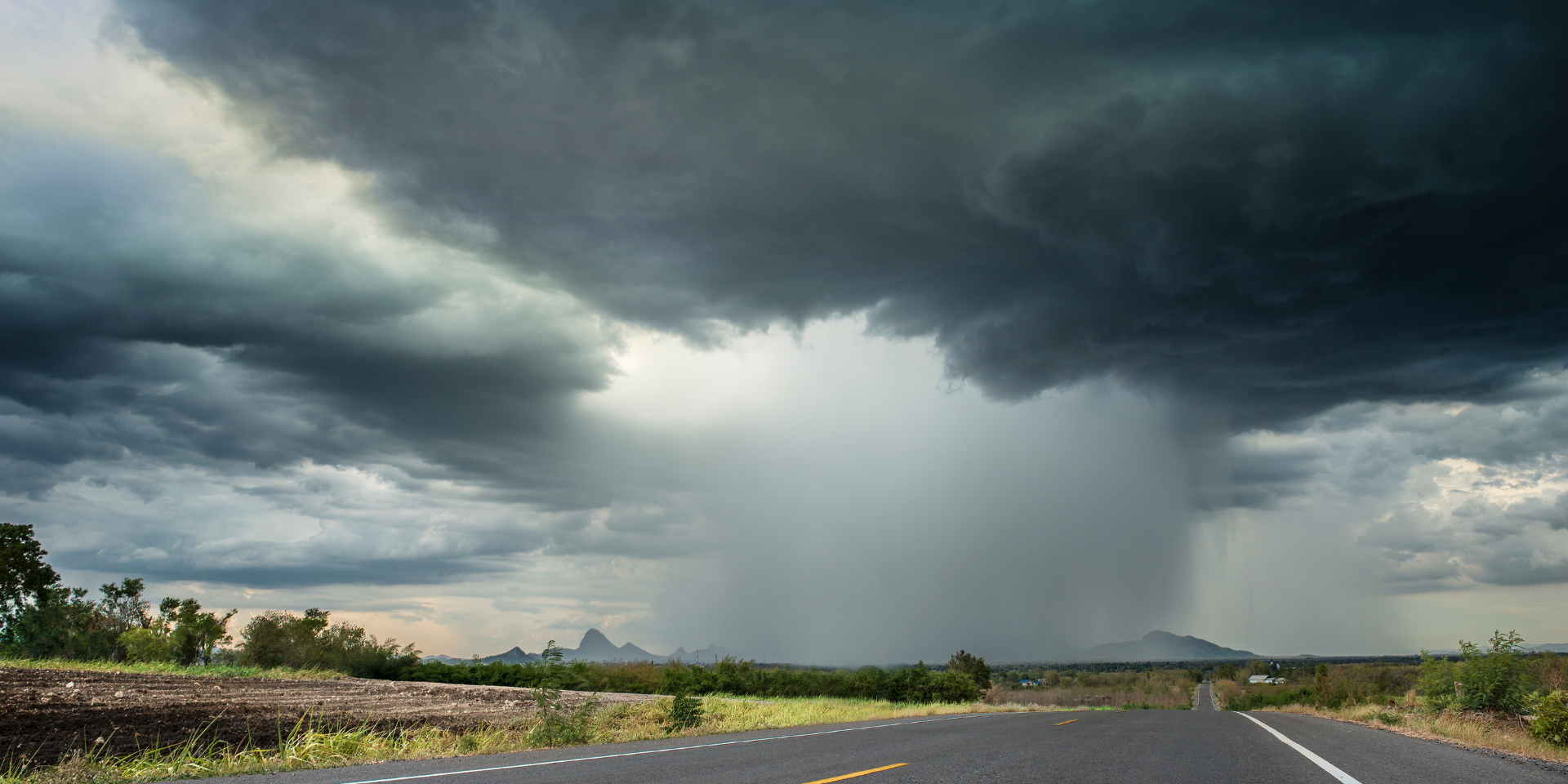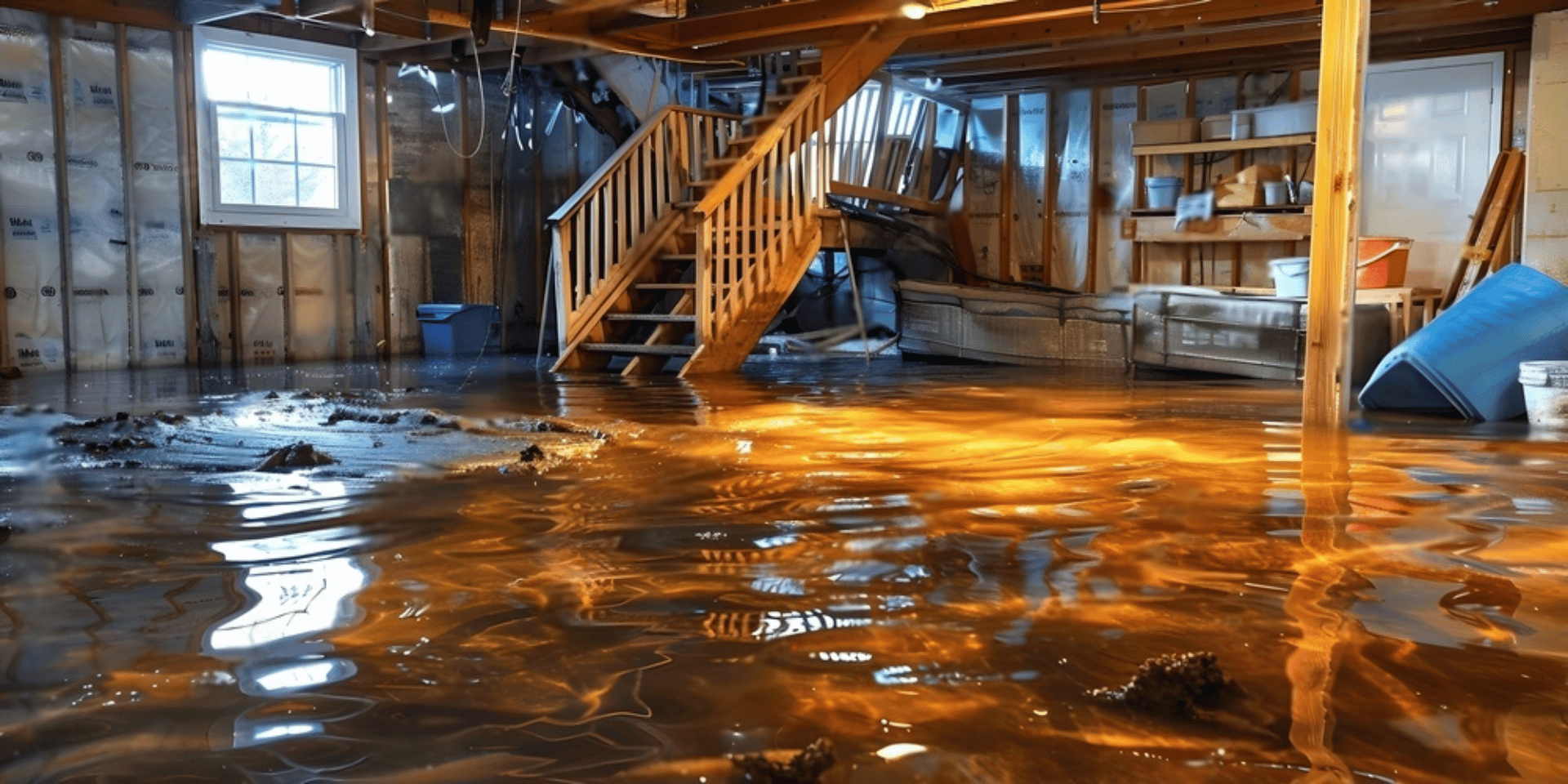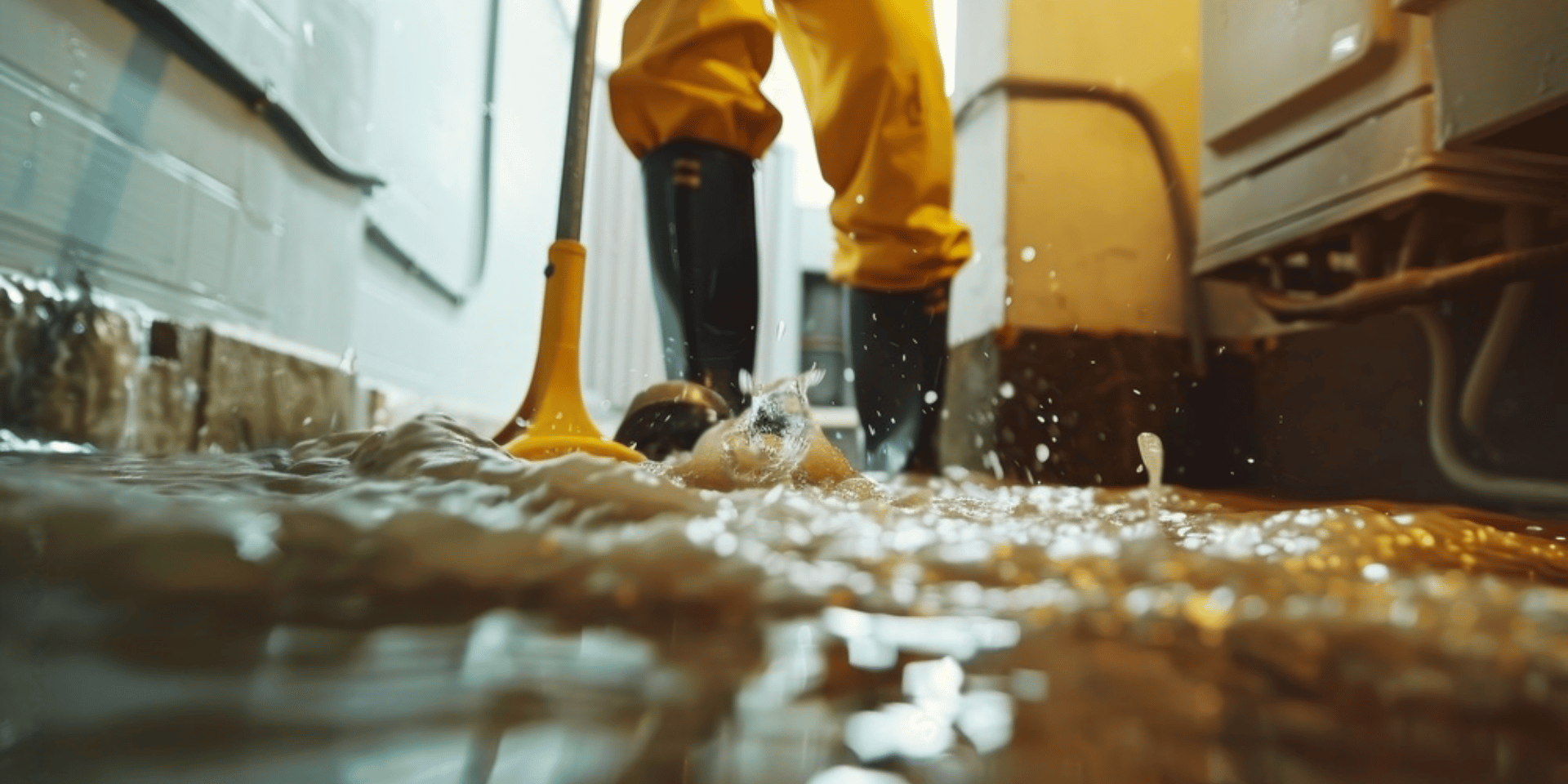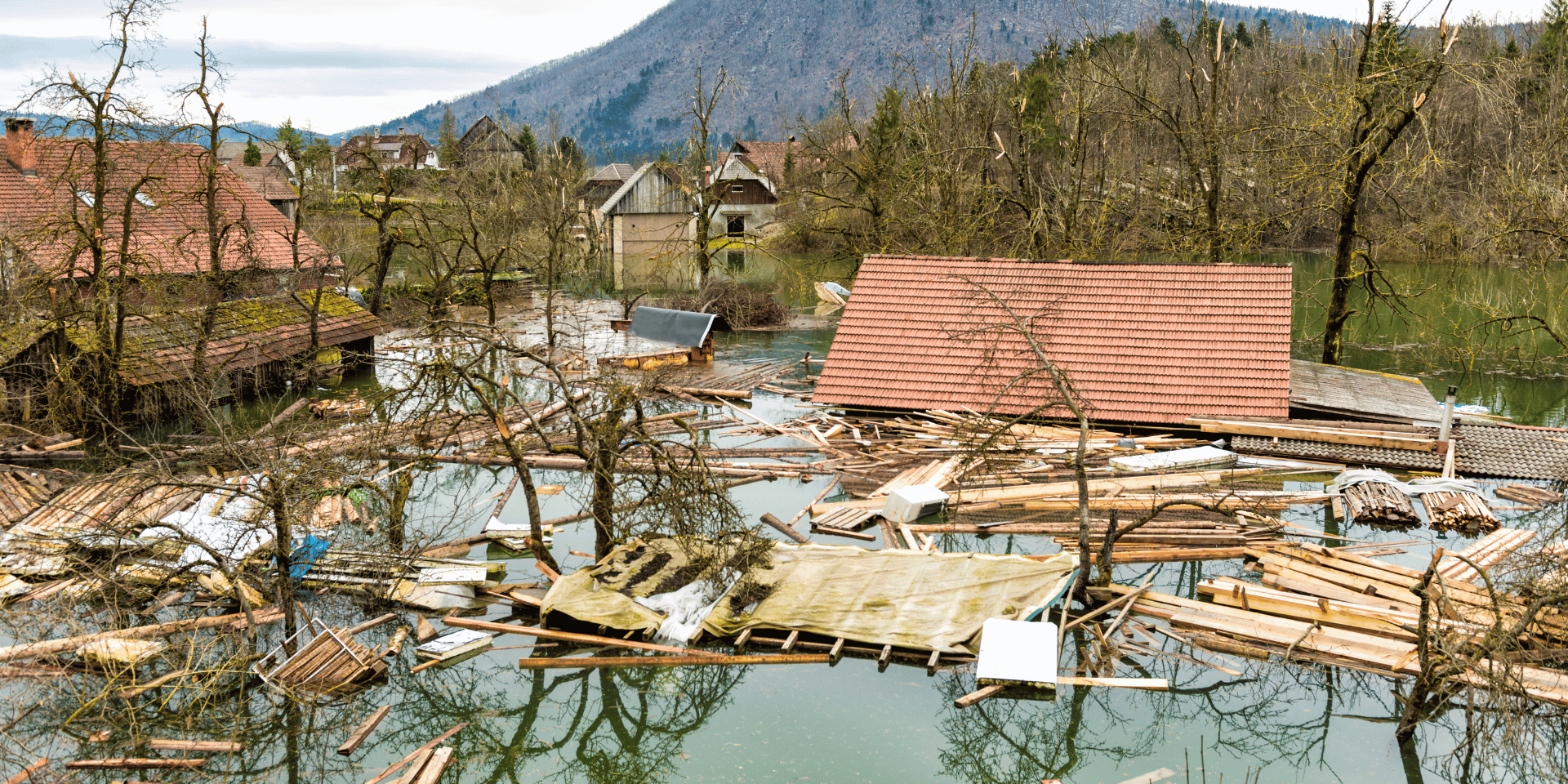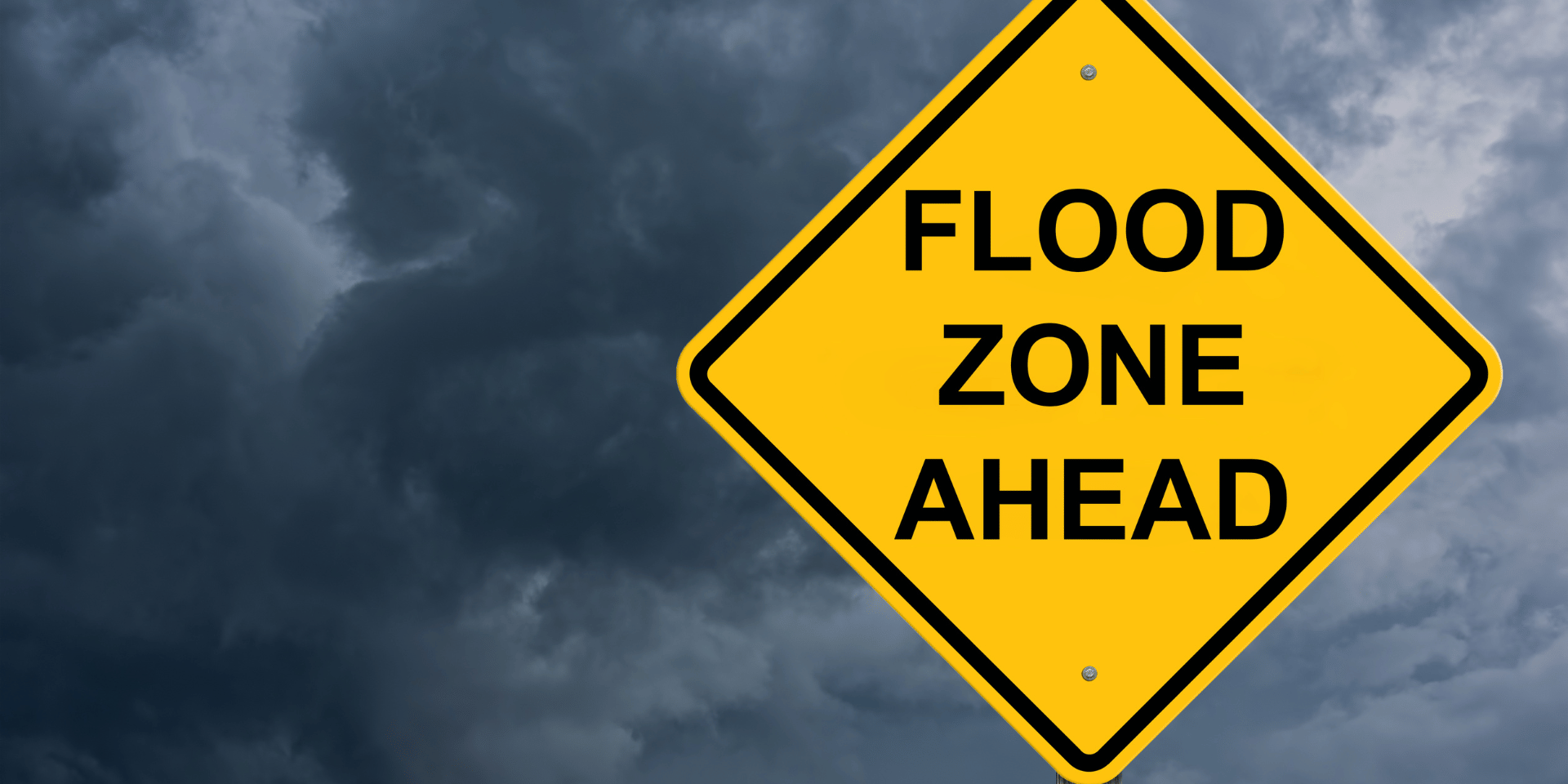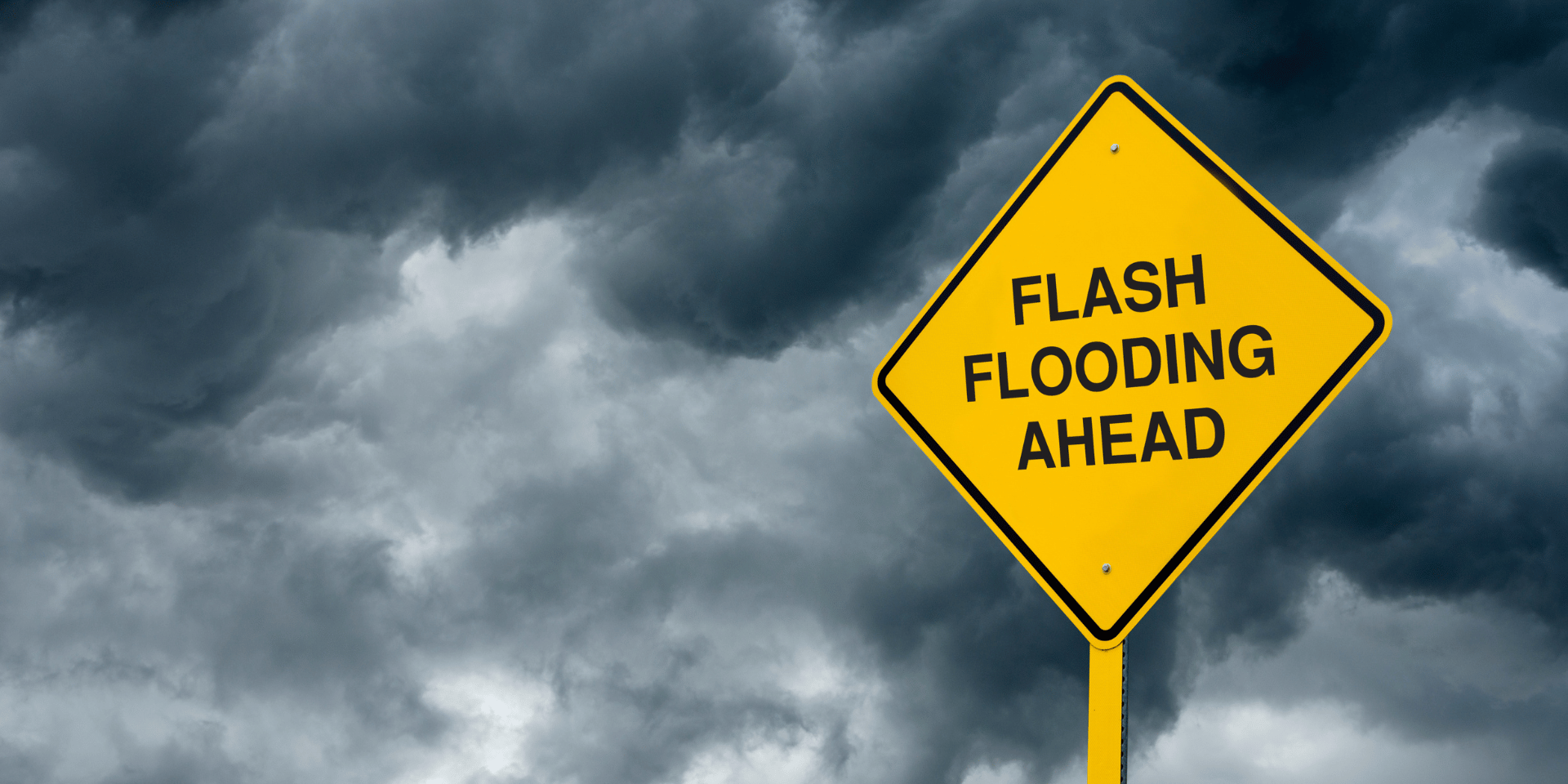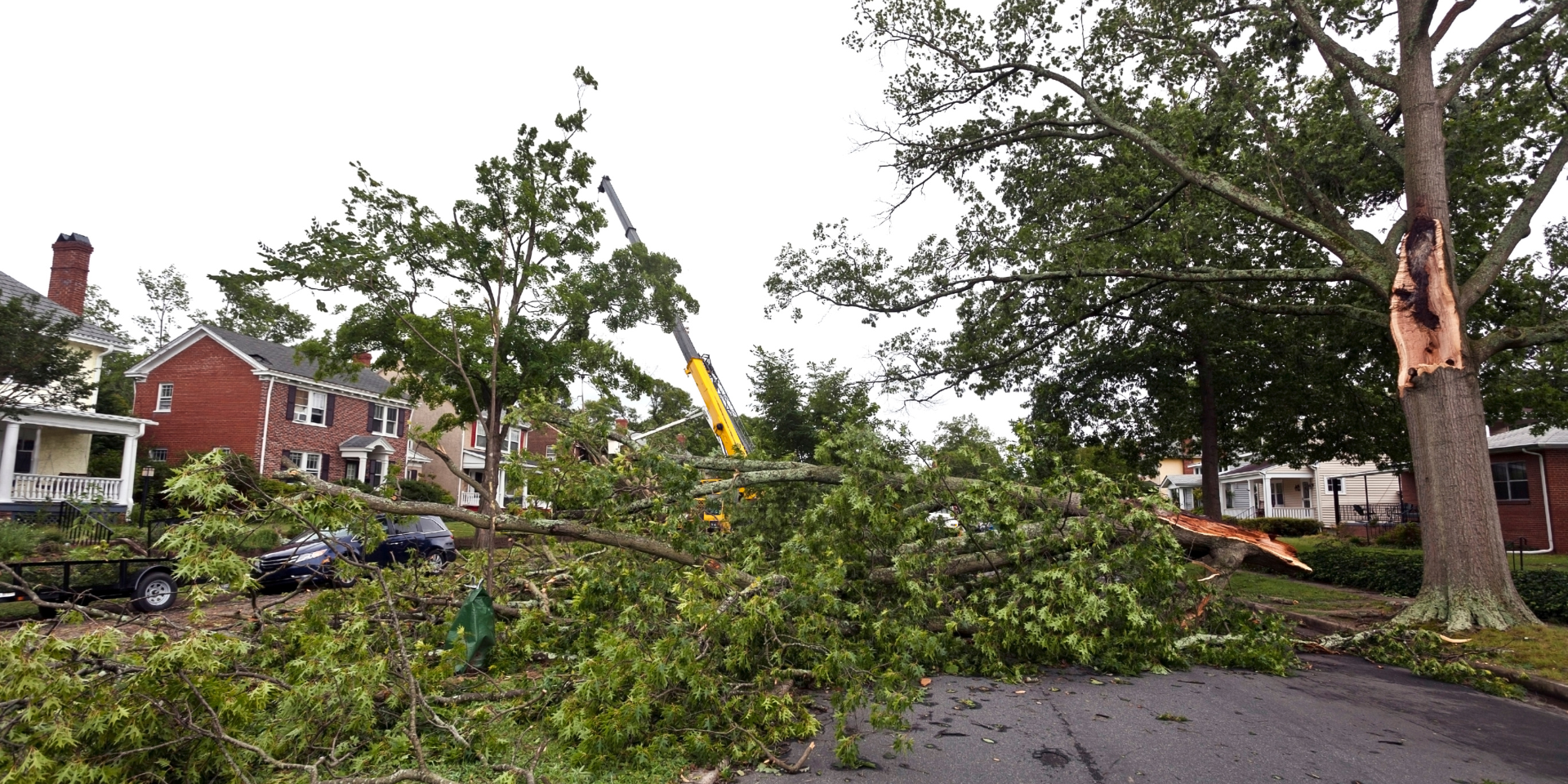Handling Water Damage from the Upstairs Condo: A Step-by-Step Guide
Navigating the aftermath of water damage in a multi-unit building, such as an apartment complex or condominium, can be a trying ordeal for residents. When water leaks from an upper unit and cascades into the ones below, it brings not only inconvenience but also a web of complexities. In this scenario, you’re dealing with not one, but three insurance policies — your own, your neighbor’s where the damage began, and the HOA’s master policy. To help you unravel this intricate situation and ensure your damage is paid for while restoring your living space, we’ve crafted a comprehensive, step-by-step guide.
1. Document the Damage:
The moment you notice water damage in your unit, start documenting it. Take clear photos and videos of the affected areas. Take photos and videos showing that the water damage is originating from the upstairs condo. This visual evidence will be crucial when you file a claim with your insurance company or when discussing the issue with the responsible party.
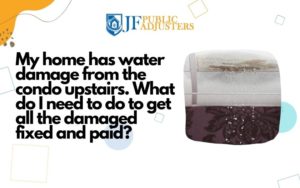
2. Notify Your Neighbor:
If you know the source of the leak is from a unit above yours, it’s a good idea to inform your upstairs condo neighbor about the issue. They may not be aware of the extent of the damage their plumbing problem is causing, and they might need to take immediate action to stop the leak.
3. Contact Your Property Manager or Landlord:
Reach out to your property manager or landlord to report the incident. They should be aware of the situation and may need to take action to address the source of the leak, such as repairing faulty plumbing. Make sure to provide them with the documented evidence of the damage.
4. Check Your Insurance Policy:
Review your renters or homeowners insurance policy to understand what type of coverage you have for water damage. Typically, insurance policies cover damage caused by sudden and accidental incidents. However, they may not cover damage caused by the negligence of another tenant. Knowing your policy details will help you determine whether you need to file a claim.
5. Contact Your Insurance Company:
If your policy covers water damage in these circumstances, contact your insurance company to report the incident. Provide them with all the evidence and details you’ve collected. They will guide you through the claims process and may send an adjuster to assess the damage.
6. Coordinate with Your Neighbor:
If the water damage is a result of negligence on your neighbor’s part, it’s essential to work together to resolve the issue. This could involve them filing a claim with their insurance company to cover your damage costs.
7. Review the HOA’s Master Policy
Initiate contact with your Homeowners Association (HOA) and request copies of their master insurance policy.
Share one copy with your public adjuster (see the next tip), who can then assess its coverage and any HOA liability that might apply to your situation.
Keep in mind that, depending on their policy coverage, the HOA may or may not be held responsible for water damage beyond the interior walls of your condo building.
More on the Master Policy below.
8. Consider Hiring a Public Adjuster:
In such intricate situations, hiring a public adjuster can be a prudent step. A public adjuster is an independent claims specialist who can assess the damage, negotiate with insurance companies on your behalf, and help ensure that you receive the maximum settlement you’re entitled to. Public adjusters are experts at navigating the intricacies of insurance claims and can save you time and effort.
In the context of condo claims, especially when faced with water damage from the upstairs condo, you’re often dealing with at least 3 different insurance policies and consequently, 3 times more people than is usually involved in a claim. This multi-layered complexity is where a public adjuster’s proficiency truly shines, as they adeptly navigate this web of intricacies, saving you both time and effort.
9. Mitigate Further Damage:
While waiting for insurance claims and repairs, take steps to prevent further damage to your unit. This might include contacting a mitigation company.
Remember, it’s crucial to act quickly when dealing with water damage to minimize its impact on your living space. By documenting the damage, notifying the necessary parties, and considering the expertise of a public adjuster, you can increase your chances of a smooth resolution to the issue.
WHAT IS A MASTER POLICY?
A master policy is a type of insurance policy held by a condominium Homeowners Association (HOA) that provides coverage for the common areas and elements of a condominium complex. Condo HOAs have master policies because they are responsible for the maintenance, repair, and insurance of the shared spaces and structures within the condominium community.
Here’s a breakdown of what a master policy typically covers and why it’s essential for condo HOAs:
Coverage: Master policies generally cover common areas such as hallways, elevators, lobbies, swimming pools, fitness centers, and the exterior of buildings. They also typically include coverage for the structural elements of the buildings, including the roof, walls, and foundation. This insurance protects these shared spaces and structures from damage caused by various perils, including fire, storms, vandalism, and liability claims.
Why Condo HOAs Have Them:
1. Shared Responsibility: In condominium communities, certain areas and structural components are shared by all unit owners. The master policy allows the HOA to collectively insure these common elements, ensuring that they are adequately protected in the event of damage or liability claims. This shared responsibility helps distribute the cost of insurance premiums among all unit owners.
2. Mandatory Requirement: Many lenders require condominium associations to maintain adequate insurance coverage, including a master policy, as a condition for financing. This requirement helps protect the lender’s investment in the property.
3. Risk Management: Condo HOAs are responsible for the upkeep and maintenance of common areas, and they can be held liable for accidents or injuries that occur in these spaces. The master policy includes liability coverage to protect the association from legal claims and associated costs.
4. Financial Protection: In the event of damage to shared structures or common areas, the master policy provides the necessary financial protection to cover repair or replacement costs. Without this insurance, the financial burden would fall on the individual unit owners, potentially leading to financial hardship.
A master policy is an essential component of a condominium HOA’s risk management and financial strategy. It provides coverage for shared areas and structural elements, helps fulfill lender requirements, and ensures that the collective investment of all unit owners is protected.
A Master Policy is typically divided into two categories:
1. “All-In” or “Bare Walls-In” Policy: This type of policy usually covers the building’s exterior structure, common areas (like hallways and lobbies), and the building’s systems (electrical, plumbing, HVAC). It often extends coverage to shared fixtures, such as built-in appliances and cabinets. However, it typically doesn’t cover any personal property or structural improvements within individual units.
2. “Single Entity” or “Walls-Out” Policy: This policy goes a step further and includes coverage for a portion of what’s inside individual units. It might include items like original fixtures, flooring, and built-in appliances within each unit. Still, it often doesn’t cover personal belongings, renovations, or improvements made by unit owners.
How the Master Policy Affects Water Damage Claims
When water damage occurs in your unit due to an issue in the unit above, it’s crucial to consult your HOA’s Master Policy. This policy’s coverage details will determine which party is responsible for specific repairs and replacements.
Reviewing the Master Policy
To navigate water damage claims effectively, it’s crucial to obtain a copy of your HOA’s Master Policy and thoroughly review its terms and coverage limits. Understanding what the Master Policy covers can help you determine what aspects of the repair and restoration process fall under your neighbor’s responsibility versus that of the HOA.
It may be beneficial to consult with a public adjuster, especially in cases where the Master Policy does not provide adequate coverage, or if there are disputes over responsibility,
A public adjuster can help you negotiate with the HOA and insurance providers to ensure that you receive a fair settlement for any uncovered losses or damages.
In summary, when dealing with water damage from the upstairs condo, always consider the HOA’s Master Policy as a crucial piece of the puzzle when determining how to proceed with your insurance claim and repairs. Understanding its coverage and working with professionals when necessary can help streamline the process and ensure that you receive appropriate compensation for damages.
WHO’S AT FAULT AND WHICH POLICY WILL RESPOND?
When it comes to resolving water damage issues in a condominium, especially when multiple parties are involved—your upstairs neighbor, the HOA, and yourself—it can be a complex process. This is where you will gain the most benefit from hiring a public adjuster.
Typically, the responsibility for water damage defaults to the owner of the unit where the leak originated. However, in the context of a condominium managed by an HOA, the liability can shift from the upstairs condo owner to the HOA, depending on the cause of the leak.
The party responsible for covering the costs of the leak hinges on the origin of the issue. Sometimes, it may be attributed to the HOA’s maintenance practices, which could be deemed substandard. Alternatively, the condo owner may be held responsible if the leak results from their negligence or inadequate maintenance. In any case, determining liability often involves a thorough examination of the circumstances surrounding the incident. A public adjuster is your best bet in navigating the complexity involved in claims of this nature.
What does water damage look like when there is a leak in the upstairs unit?
Water damage in a lower unit resulting from a leak in the upstairs unit can manifest in various ways, and its appearance may vary depending on the severity of the leak and the construction of the building. Here are some common signs and visual cues of water damage in a lower unit:
1. Stains on Ceilings and Walls: One of the most noticeable signs is water stains or discoloration on the ceilings and walls. These stains can start as faint, discolored spots but may expand over time as the damage worsens.
2. Sagging or Bubbling Paint and Drywall: Water infiltration can cause paint and drywall to bubble, crack, or sag. This occurs as the moisture weakens the structural integrity of these materials.
3. Dripping Water: In more severe cases, especially during or immediately after a leak, you might observe water actively dripping from the ceiling or running down walls. This indicates an ongoing issue that needs immediate attention.
4. Warped or Buckled Flooring: If the water has penetrated the floor above, it can cause the flooring in the lower unit to warp, buckle, or become discolored. This is common with wood or laminate flooring.
5. Musty Odors: Water damage often leads to the growth of mold and mildew. If you notice a musty, earthy odor in your unit, it could be a sign that moisture is present and mold may be developing.
6. Peeling Wallpaper: Wallpaper can peel away from the wall when exposed to moisture, creating an uneven or wrinkled appearance.
7. Electrical Issues: Water damage can affect electrical systems. If you experience electrical problems such as flickering lights, outlets not working, or circuit breakers tripping, it may be due to water infiltration.
8. Visible Mold Growth: In some cases, you might see actual mold growth on walls, ceilings, or other surfaces. Mold can appear in various colors, including black, green, or gray.
9. Softened or Crumbling Materials: Water-damaged materials like drywall or plaster may become soft, crumbly, or easily damaged when touched.
10. Wet or Damp Areas: Simply touching the affected areas may reveal that they are damp or wet to the touch, indicating ongoing moisture intrusion.
11. Water Stains on Belongings: If water has dripped or flowed onto your personal belongings, you may see stains or damage on items like furniture, electronics, and personal possessions.
It’s important to note that water damage can be progressive, meaning it may worsen over time if not addressed promptly. Even if you see only minor signs of damage, it’s advisable to investigate further and address the issue as soon as possible to prevent further harm to your living space and belongings.
If your condo sustains damage from an upstairs or neighboring unit, such as a fire or broken pipes, please reach out to us. We’d be delighted to have a conversation about how we can assist you.
Our mission is to guide policyholders through the process of managing their property insurance claims, ensuring they secure the most favorable settlement. Our aim is to swiftly and efficiently restore your home to its pre-loss condition.
Uncertain about whether your insurance will provide coverage for the damage? We encourage you to get in touch with us regardless. JF Public Adjusters offers a complimentary review of your claim and a consultation. You can reach us via phone or text at (917) 272-8793.
Contact Us
You can reach us via phone or text at (917) 272-8793.
GET IN TOUCH!
The Leading Property Damage Experts Are Here To Help
CONTACT NEW YORK’S HIGHEST RATED PUBLIC ADJUSTER IMMEDIATELY BY CALLING OUR OFFICE OR BY COMPLETING THE FORM.
CALL US FOR FREE



